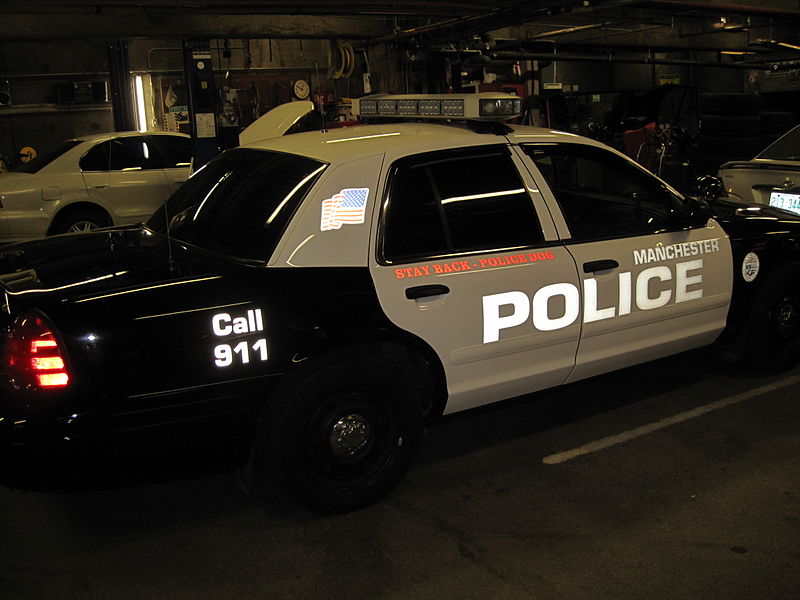Nancy King to Speak at Marquette on Punishment for Repeat Offenders
 I’m looking forward to this year’s Barrock Lecture on Criminal Law, which will be delivered by Professor Nancy King of Vanderbilt Law School on November 18. King has long been one of my favorite writers on criminal procedure and sentencing. Whatever the topic, she can always be counted on to bring a refreshingly commonsensical perspective to bear.
I’m looking forward to this year’s Barrock Lecture on Criminal Law, which will be delivered by Professor Nancy King of Vanderbilt Law School on November 18. King has long been one of my favorite writers on criminal procedure and sentencing. Whatever the topic, she can always be counted on to bring a refreshingly commonsensical perspective to bear.
King’s Lecture will focus on the sentencing of recidivists. Here’s the description:
Courts and legislatures today routinely authorize punishment for repeat offenders that is far more severe than the punishment assigned those convicted for the first time. This reliance upon criminal history when setting sentences has a surprisingly fascinating history. It also has an uncertain future. Recent constitutional rulings may threaten established procedures for assessing sentences for prior offenders; researchers continue to question the relationship between criminal history and either culpability or future dangerousness; and commentators disagree whether using criminal history to calibrate punishment entrenches racial disparity in sentencing or, rather, helps to avoid it. Professor King will address these and related issues as she discusses the ongoing challenge of punishing recidivists in the 21st century.
The Lecture, which is open to the public, will start at 4:30 in Eckstein Hall. Registration information and other details are available here.


 It was ten years ago to this very day, at the age of 28, that I heard the words from my doctor that I’ll never forget: “You have cancer.” It’s news that shakes you to your core, even if you were expecting the diagnosis. While I had a very treatable form of cancer — testicular cancer — I couldn’t help but face my mortality head-on. In the hours after my diagnosis, I remember thinking about all of the things I still wanted to do in my life: get married and have kids; pursue a career as a law professor; celebrate more Lakers and Dodgers championships; etc.
It was ten years ago to this very day, at the age of 28, that I heard the words from my doctor that I’ll never forget: “You have cancer.” It’s news that shakes you to your core, even if you were expecting the diagnosis. While I had a very treatable form of cancer — testicular cancer — I couldn’t help but face my mortality head-on. In the hours after my diagnosis, I remember thinking about all of the things I still wanted to do in my life: get married and have kids; pursue a career as a law professor; celebrate more Lakers and Dodgers championships; etc.